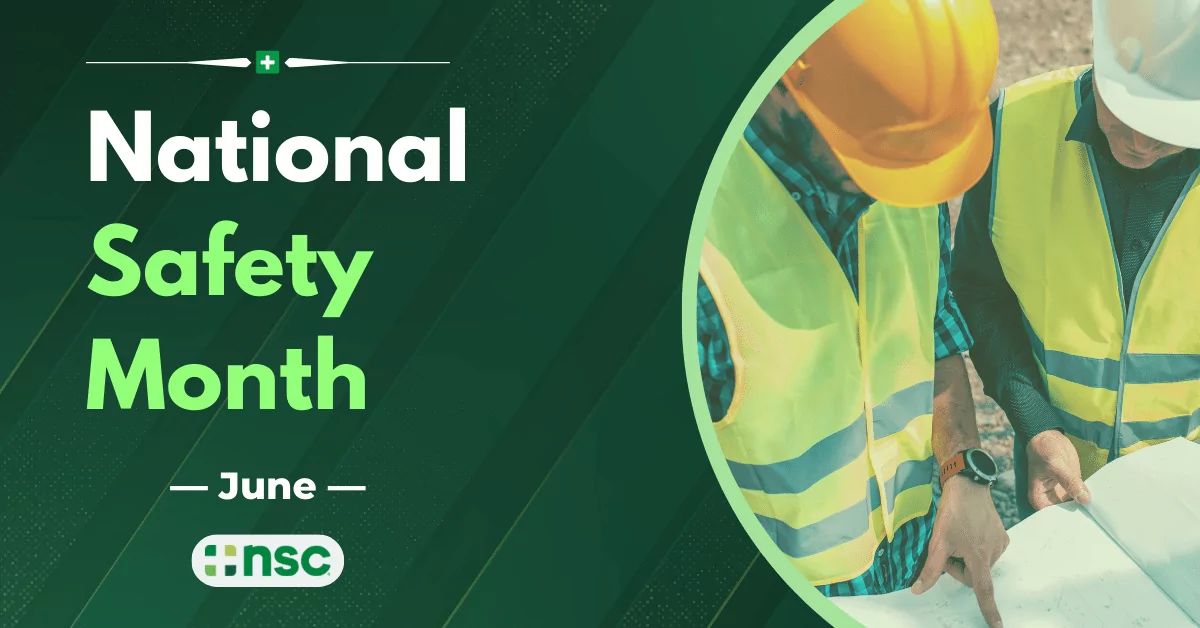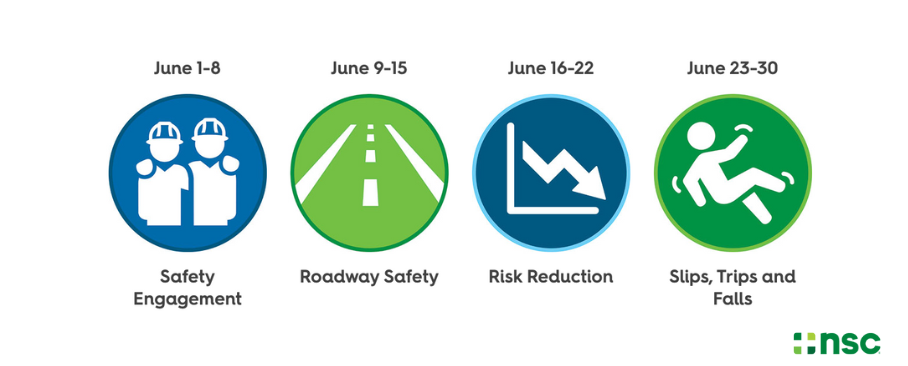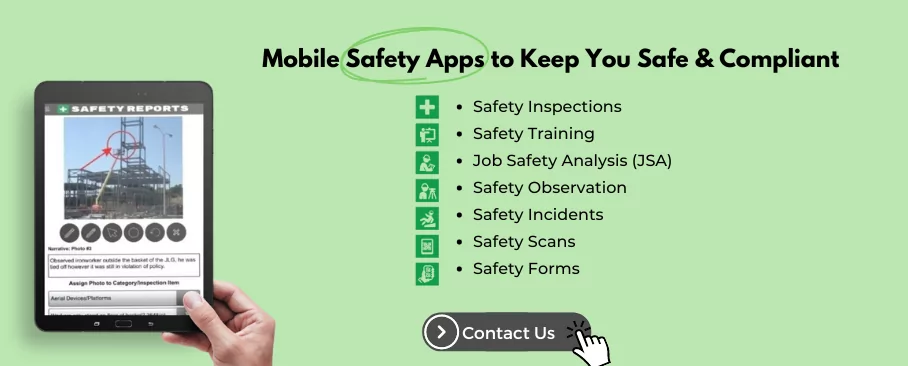June Is National Safety Month: Keep Workers Safe

Introduction to June National Safety Month
June is observed as National Safety Month (NSM), an annual initiative led by the National Safety Council (NSC) to raise awareness and promote safety in various aspects of our lives and within workplaces. Established in 1996, NSM aims to highlight leading causes of preventable injuries and deaths, offering strategies and resources to keep environments safe. For health and safety professionals and managers, NSM provides a structured framework to enhance safety protocols and reduce risks.
Overview of 2024 Weekly Safety Topics
In 2024, NSM will focus on four critical areas, each addressed through dedicated weekly themes. Below is a brief overview of these topics:
Week 1 / (June 1-8): Safety Engagement
Strategies for increasing safety awareness and participation:
Safety engagement is the cornerstone of a successful safety program. This week aims to promote active participation and awareness among employees. Key strategies include:
-
- Interactive Training Sessions: Use engaging learning methods and simulations to make safety training engaging.
-
- Safety Committees: Establish teams with representatives from various departments to foster a safety culture.
-
- Communication Campaigns: Regularly share safety tips, updates, and success stories through internal newsletters and bulletin boards.
Week 2 / (June 9-15): Roadway Safety
Best practices for reducing accidents on the road:
Roadway safety is crucial for organizations with employees who drive as part of their jobs. This week will cover best practices such as:
-
- Defensive Driving Courses: Offer training programs that teach drivers to anticipate and respond to potential hazards.
-
- Vehicle Maintenance: Implement regular vehicle inspections and maintenance schedules to ensure all vehicles are roadworthy.
-
- Policies and Procedures: Develop clear driving policies, including seat belt use, speed limits, and the prohibition of mobile phone use while driving.
Week 3 / (June 16-22): Risk Reduction
Identifying and mitigating potential hazards in the workplace:
Risk reduction involves proactively identifying and addressing potential hazards before they result in injuries. This week focuses on:
-
- Risk Assessments: Conduct regular risk assessments to identify potential hazards and prioritize mitigation efforts.
-
- Hazard Communication: Ensure all employees are aware of the hazards present in their work environment and understand how to mitigate them.
-
- Emergency Preparedness: Develop and regularly update emergency response plans, including evacuation procedures and first aid training.
Week 4 / (June 23-30): Slips, Trips, and Falls
Preventative measures to reduce common workplace injuries:
Slips, trips, and falls are among the most common workplace injuries but can be significantly reduced with proper measures. This week emphasizes:
-
- Evaluation and Control: Identify and assess hazards that contribute toslips, trips, and falls and create a program to train employees on prevention.
- Proper PPE: Encourage employees to use protective equipment for mitigating risk of injury. Items such as hard hats, safety glasses, and fall protection are effective essentials in any workplace.
-
- Safety Inspections: Conduct regular safety inspections to identify and rectify potential slip, trip, and fall hazards.
Importance of Each Topic
Each weekly topic during NSM plays a vital role in fostering a safe work environment.
-
- Safety Engagement ensures that safety becomes a collective responsibility, with everyone actively participating.
-
- Roadway Safety is essential for protecting employees who drive for work, thus reducing the riskof vehicular accidents.
-
- Risk Reduction helps in identifying potential dangers before they lead to injuries, enhancing overall workplace safety.
-
- Slips/Trips/Falls prevention addresses one of the most common causes of workplace injuries, ensuring a safer environment for all employees.
Practical Tips and Advice for Implementation
Here are actionable insights to help incorporate these weekly topics into your safety programs:
-
- Leverage Technology: Use digital platforms to conduct training sessions, share safety updates, and track compliance.
-
- Engage Leadership: Ensure that senior management is visibly committed to safety initiatives; their support can drive wider participation.
-
- Use Data Analytics: Analyze safety data to identify trends and focus areas for improvement.
-
- Regular Reviews: Continuously review and update safety policies and procedures to reflect current best practices andemerging risks.
We encourage you to actively participate in National Safety Month (NSM) by integrating these weekly themes into your safety programs. Share your insights, success stories, and challenges with the community to foster a collective effort toward safer workplaces. Connect with Safety Reports to learn more about workplace safety and how safety software can help.
Conclusion
June National Safety Month provides a unique opportunity for health and safety professionals and managers to reinforce their commitment to workplace safety. By focusing on safety engagement, roadway safety, risk reduction, and slips/trips/falls prevention, you can create a safer environment for your employees. Remember, safety is a continuous journey, not a destination. Let’s work together to make our workplaces safer, one step at a time.
Join us this June and make a difference. Your proactive engagement can save lives and prevent injuries. Participate in NSM, spread the word, and let’s make safety a priority every day.



